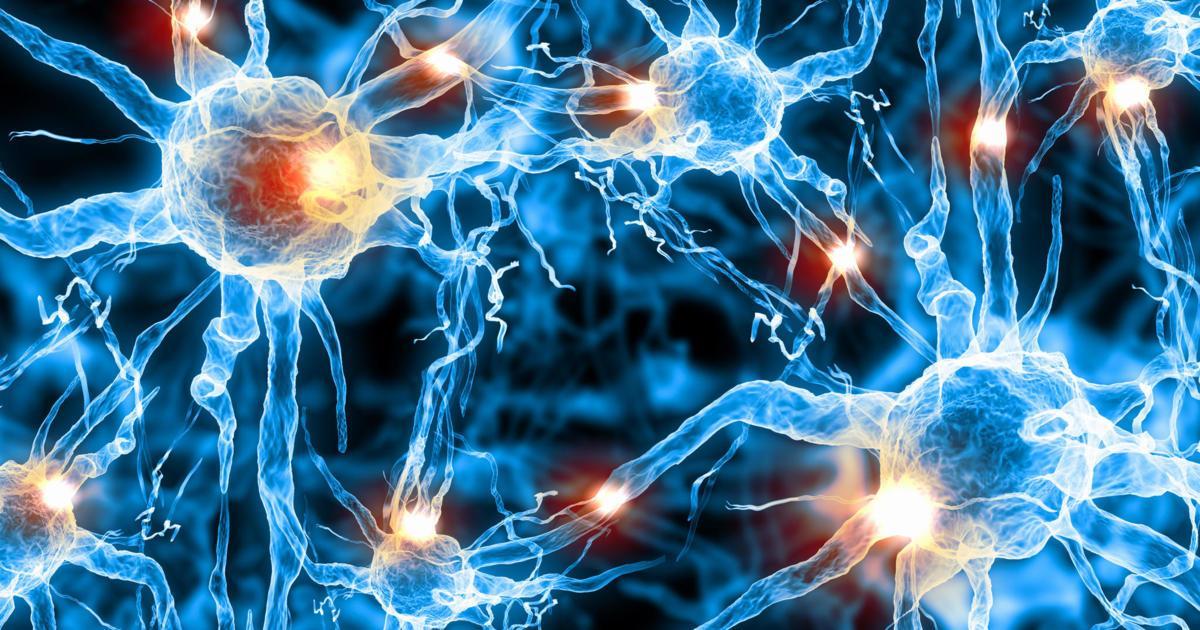Common Causes Of Periodic Limb Movement Disorder
Periodic limb movement disorder is a form of movement disorder that involves repeated movements of the limbs during sleep. Formerly known as nocturnal myoclonus, the majority of the limb movements associated with this condition occur in the lower limbs, though some patients may experience symptoms in both the lower and upper limbs. Common symptoms include repetitive extensions of the toes and repeated flexion of the ankles, knees, and hips during sleep, and patients may also report daytime sleepiness, disrupted sleep, and general fatigue.
Periodic limb movement disorder frequently occurs in conjunction with restless legs syndrome, a related condition, and approximately eighty percent of restless legs syndrome patients also have periodic limb movement disorder. Patients with narcolepsy and sleep apnea may be at a higher risk of developing this condition, and some antipsychotics, antidepressants, and antihistamines can exacerbate symptoms. Doctors usually order blood tests and overnight studies at a sleep laboratory to diagnose this condition. Treatment options include dopamine agonists, anticonvulsants, and narcotics. Patients are routinely advised to avoid chocolate, coffee, and other items that contain caffeine.
The conditions outlined below are commonly associated with periodic limb movement disorder.
Nerve Abnormalities

Some researchers believe nerve abnormalities may be a cause of primary periodic limb movement disorder, a form of the condition that occurs on its own and is not related to any other medical condition. It is thought problems with the autonomic nervous system may contribute to the development of this disorder, and some researchers believe problems with nerve conduction, spinal cord injury, and spinal cord tumors may also be associated with the condition. However, research thus far has provided only inconclusive results as to the relationship between nerve abnormalities and periodic limb movement disorder. Nevertheless, patients who believe they have this condition may be asked to undergo nerve conduction tests and other studies that can determine if nervous system issues might be exacerbating their symptoms.
Read more about conditions linked to periodic limb disorder now.